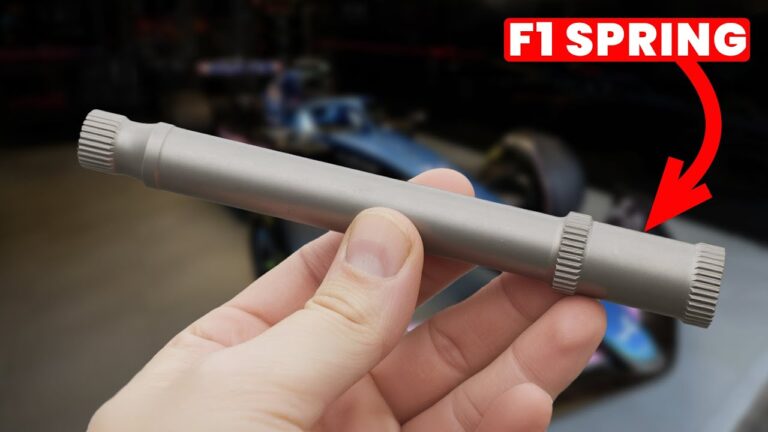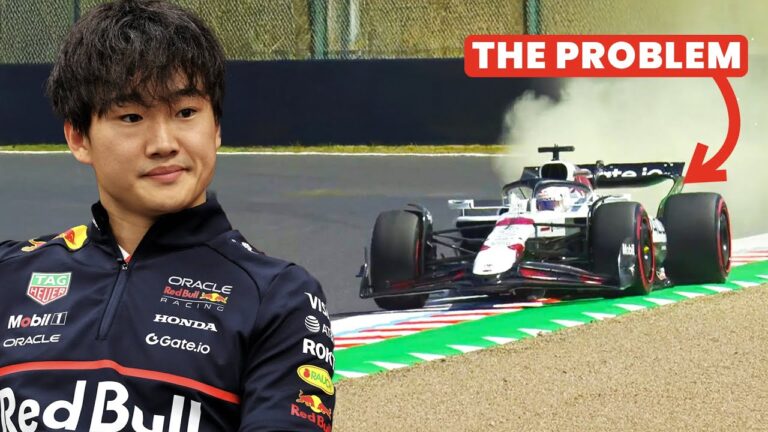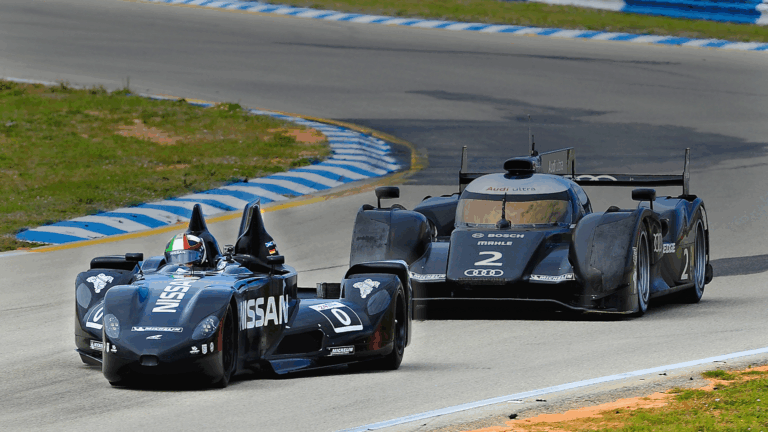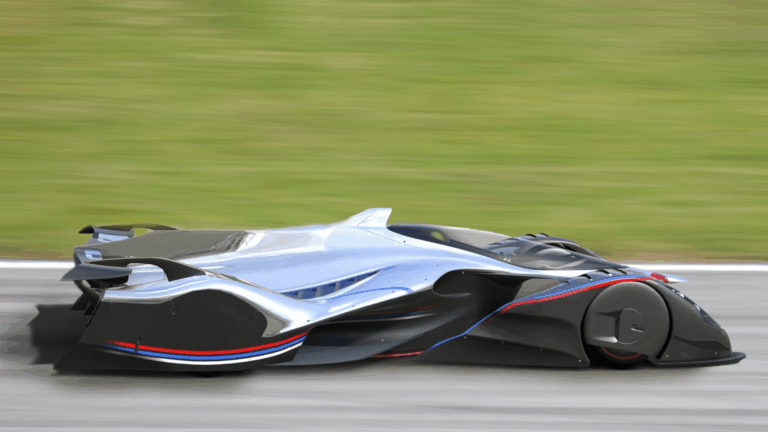
Audi’s decision to challenge convention at Le Mans in 2006 marked a bold engineering leap. For decades, petrol engines dominated endurance racing, offering high revs, compact designs, and a performance pedigree that engineers refined to near perfection. Yet, Audi believed that a diesel engine could deliver an advantage, not just in power, but in efficiency – a key factor in the 24 Hours of Le Mans.
Why Diesel?
Le Mans is unique. Unlike Formula 1, where races are relatively short, endurance racing prioritises reliability, efficiency, and strategic pit stops. The top cars pit roughly every 45 minutes, totalling 30 or more stops in a single race. Fuel consumption, therefore, becomes a critical factor. Diesel engines, with their higher energy density and leaner fuel-air ratios, offered clear benefits. Diesel fuel contains up to 15% more chemical energy per litre than petrol, allowing teams to extract more performance from each tank.

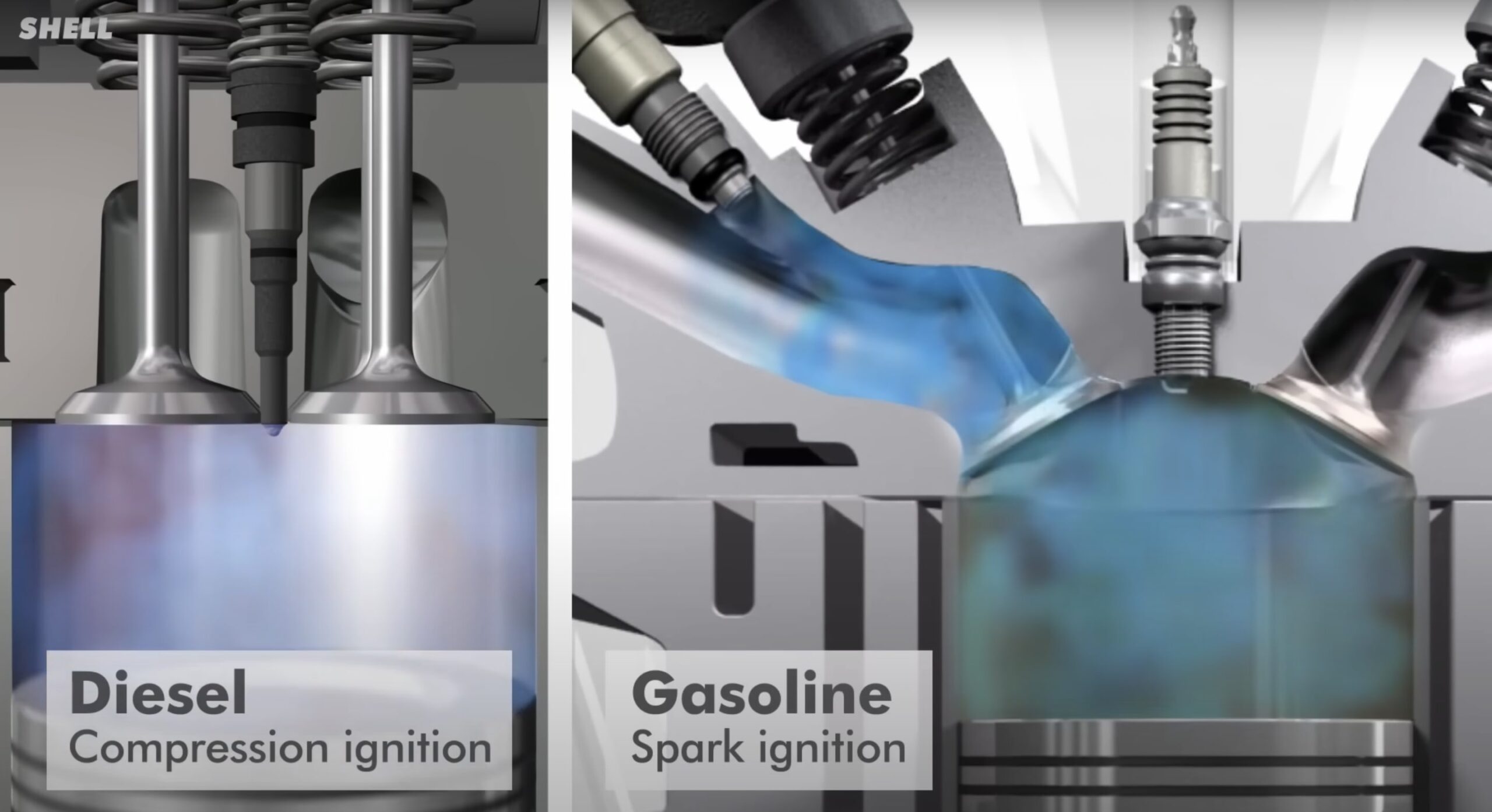
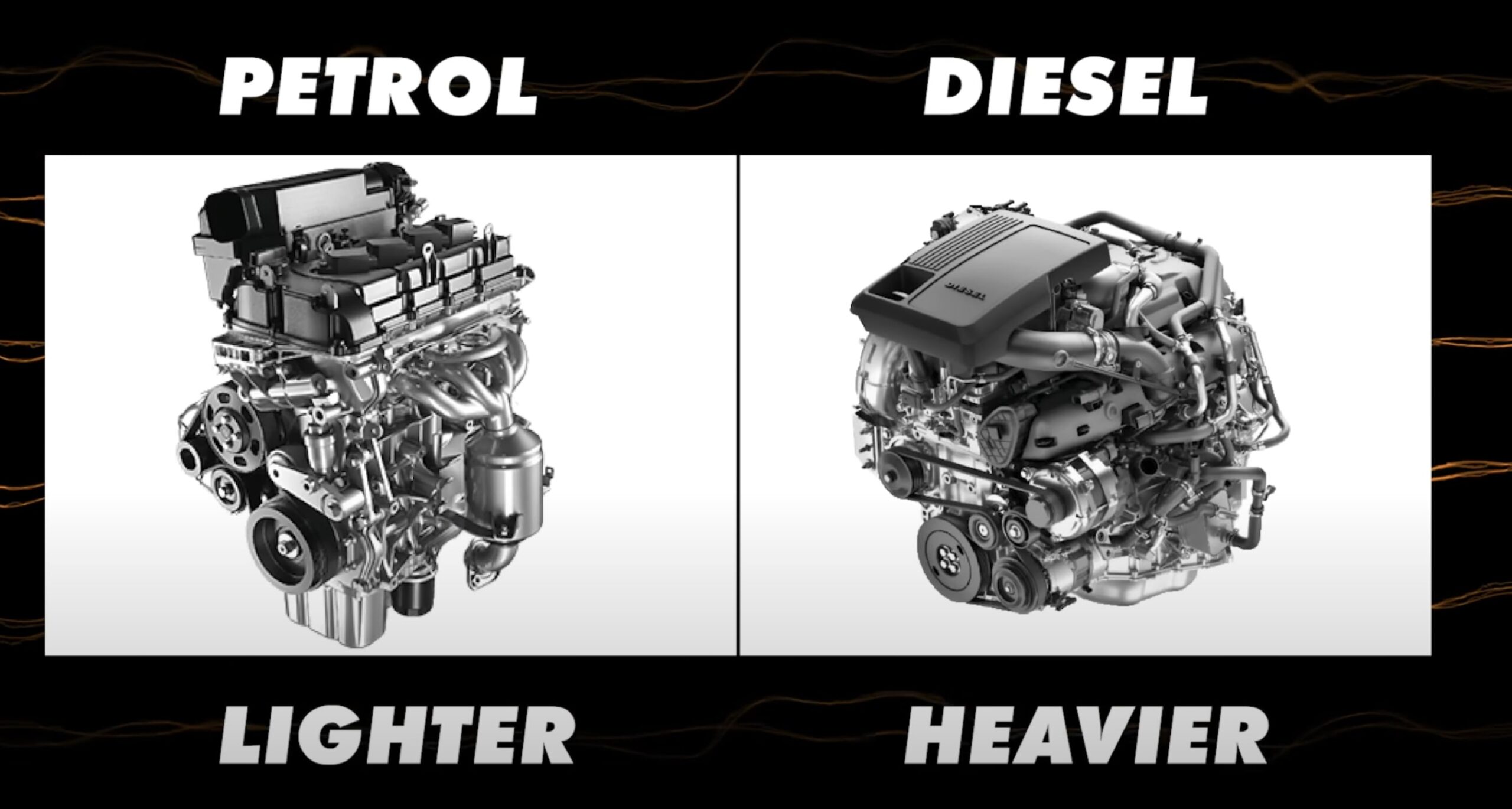
Overcoming Diesel’s Challenges
Diesel engines present significant engineering hurdles. They require higher compression ratios to ignite fuel, necessitating stronger, heavier materials like iron for their construction. This added weight and their lower rev range often make them less suitable for high-speed racing compared to petrol engines. However, Audi’s engineering team saw these obstacles as challenges to innovate.
The R10 TDI featured a custom aluminium-silicon alloy block, which was lighter than traditional iron blocks but strong enough to handle diesel’s higher compression. Twin turbochargers were used to enhance power delivery, while the Bosch fuel injection system achieved 23,000 PSI, ensuring precise fuel delivery.
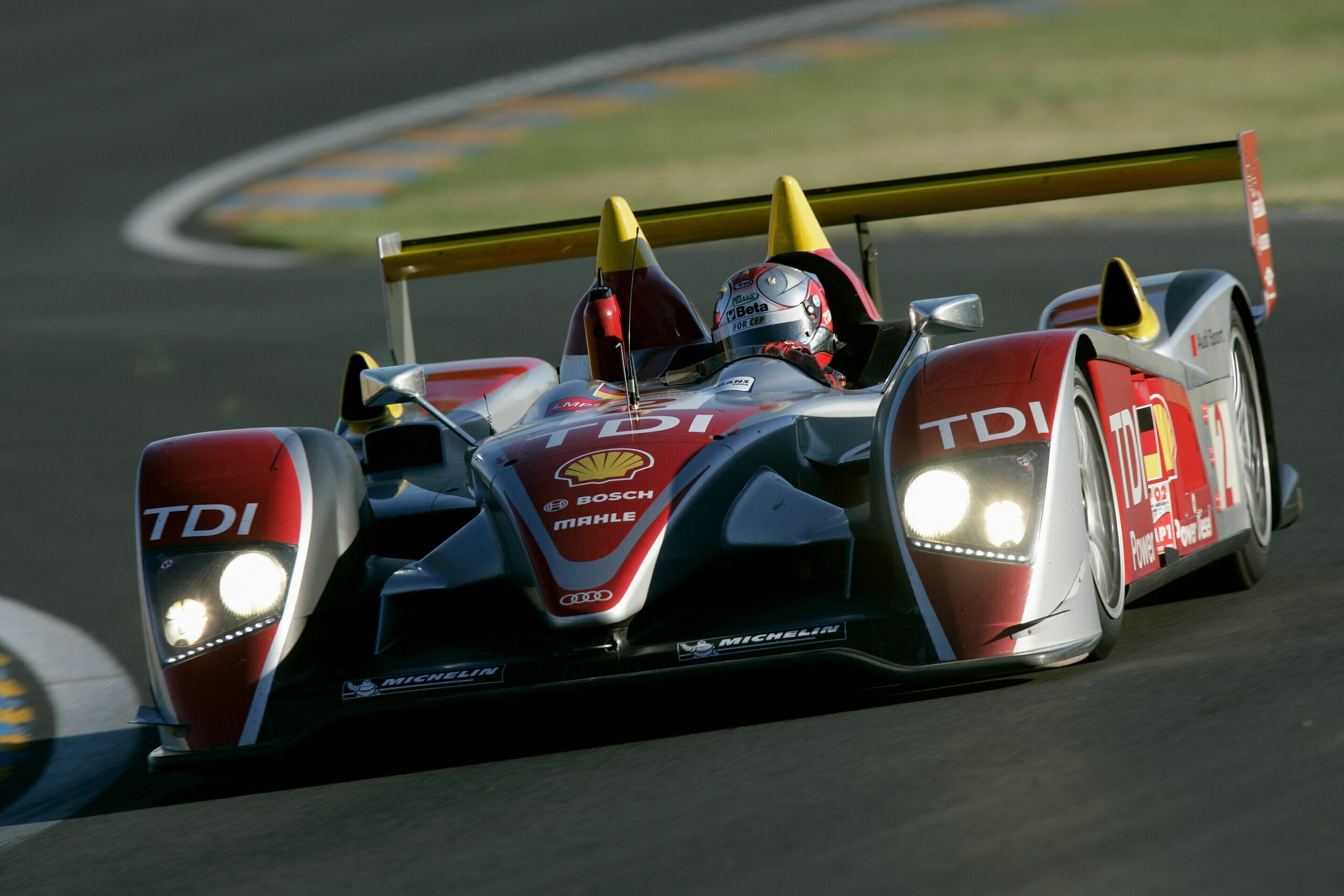
The result? A 5.5-litre twin-turbo V12 producing 650 horsepower and a staggering 1,100 Nm of torque. Remarkably, 80% of this torque was available from just 2,000 RPM, offering unparalleled drivability. This wide power band allowed the R10 to pull strongly out of corners, reducing the need for frequent gear shifts – a critical advantage in endurance racing.
Dominating the Race
From its debut, the R10 TDI redefined expectations. Where competitors managed 12–13 laps per tank, the R10 could do 16, achieving 5.7 miles per gallon compared to Formula 1’s 3 mpg. Audi’s design also minimised fuel wastage on overrun, a common issue with petrol engines that eject unburnt fuel into the exhaust. The R10’s lack of a throttle meant it injected only the fuel required, conserving every drop.
Despite concerns about its reliability, the R10 proved both fast and efficient. In its inaugural 2006 Le Mans race, the number eight car driven by Frank Biela, Marco Werner, and Emanuele Pirro not only won but also set a new record for the most laps completed at the event – 380.
The Legacy of the R10
Audi’s success with the R10 TDI inspired competitors like Peugeot to introduce their own diesel-powered cars, intensifying the battle at Le Mans. However, regulatory changes eventually curtailed diesel’s dominance. Tank size restrictions imposed by organisers reduced the efficiency advantage, pushing teams back toward petrol engines by 2016.
Nonetheless, the R10 remains a landmark in motorsport engineering. It demonstrated how bold innovation and a willingness to challenge norms could deliver remarkable results. Audi’s achievement wasn’t just about winning races – it redefined what was possible in endurance racing.




